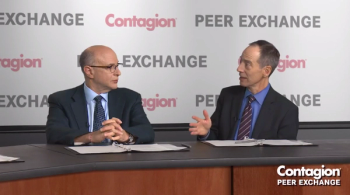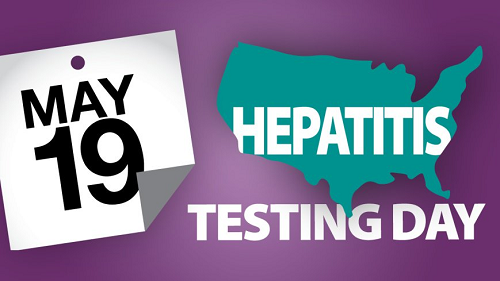
Blood-Borne Diseases
Latest News
CME Content
















Researchers may have found a way to broaden the US kidney transplant supply list.

The CDC released new preliminary surveillance data showing that over five years, the number of new hepatitis C infections has nearly tripled in number.

The World Health Organization has just confirmed a case of Ebola virus in the Democratic Republic of Congo.

There are several diseases that pose a high risk in the dental healthcare setting; a review article highlights ones that are preventable by immunization.

This week’s Public Health News Watch focuses on news that the new American Healthcare Act (AHCA), recently approved by the House, reportedly will not cover those with preexisting conditions.

Should clinicians be extra vigilant when deciding who receives antiviral therapy, or are the adverse effects few and infrequent?

In case you missed them, here are our top 5 articles for the week of April 30, 2017.

Many women who are infected with hepatitis B (HBV) during pregnancy go untreated, leaving their offspring at risk for a chronic HBV infection.

Jean-Paul Gonzalez, MD, PhD, Deputy Director, Center of Excellence for Emerging and Zoonotic Animal Diseases (CEEZAD), Kansas State University, Adjunct Professor, Kansas State University, discusses the parallels between past Ebola outbreaks, and how they can help us manage the current Zika pandemic.

Researchers from Zhejiang University in China take a closer look at how the incidence of different infectious diseases have changed in the first decade after the SARS outbreak.































































































































































































































































































































